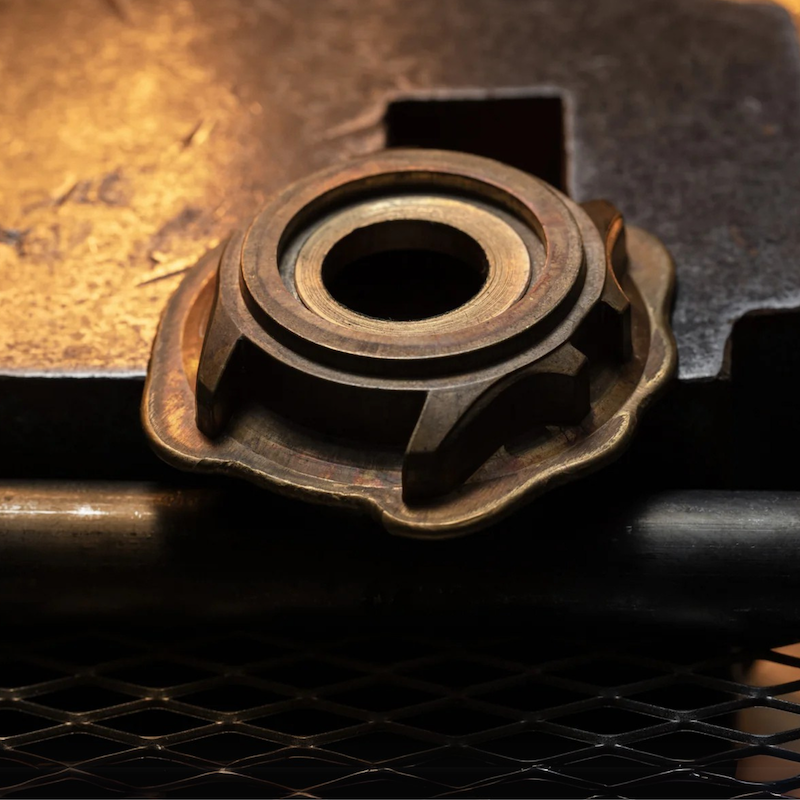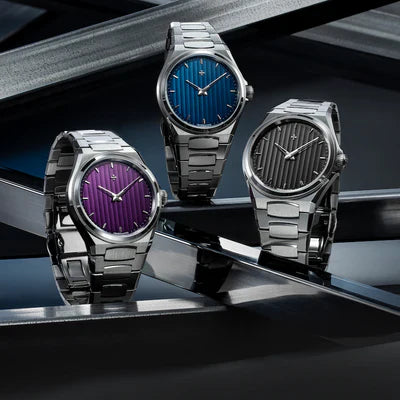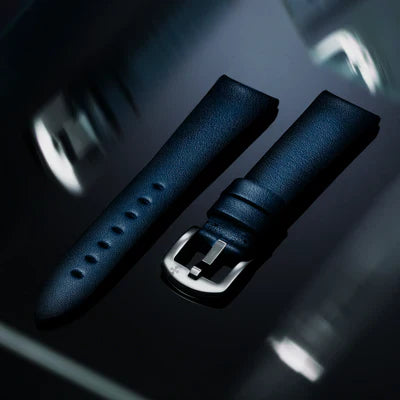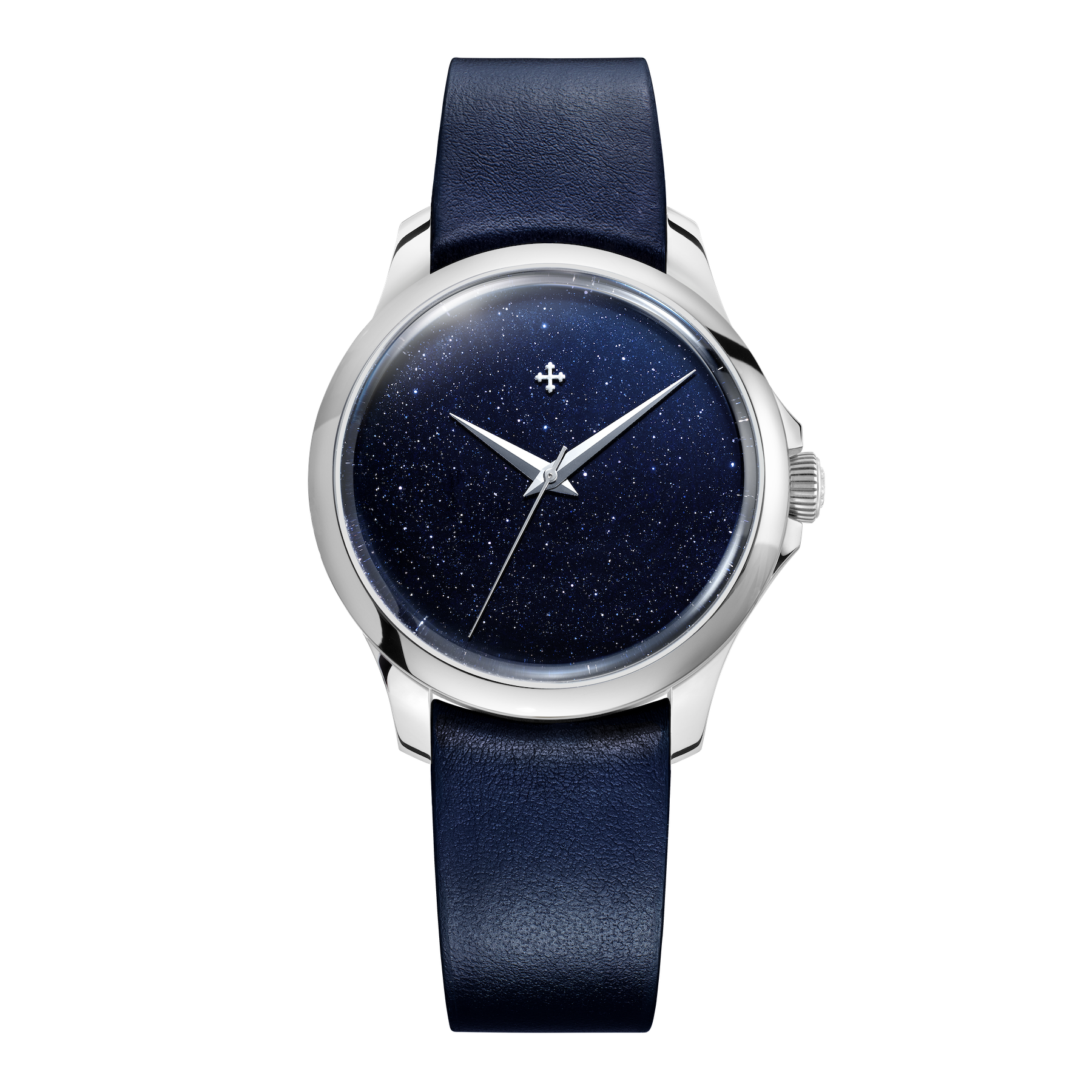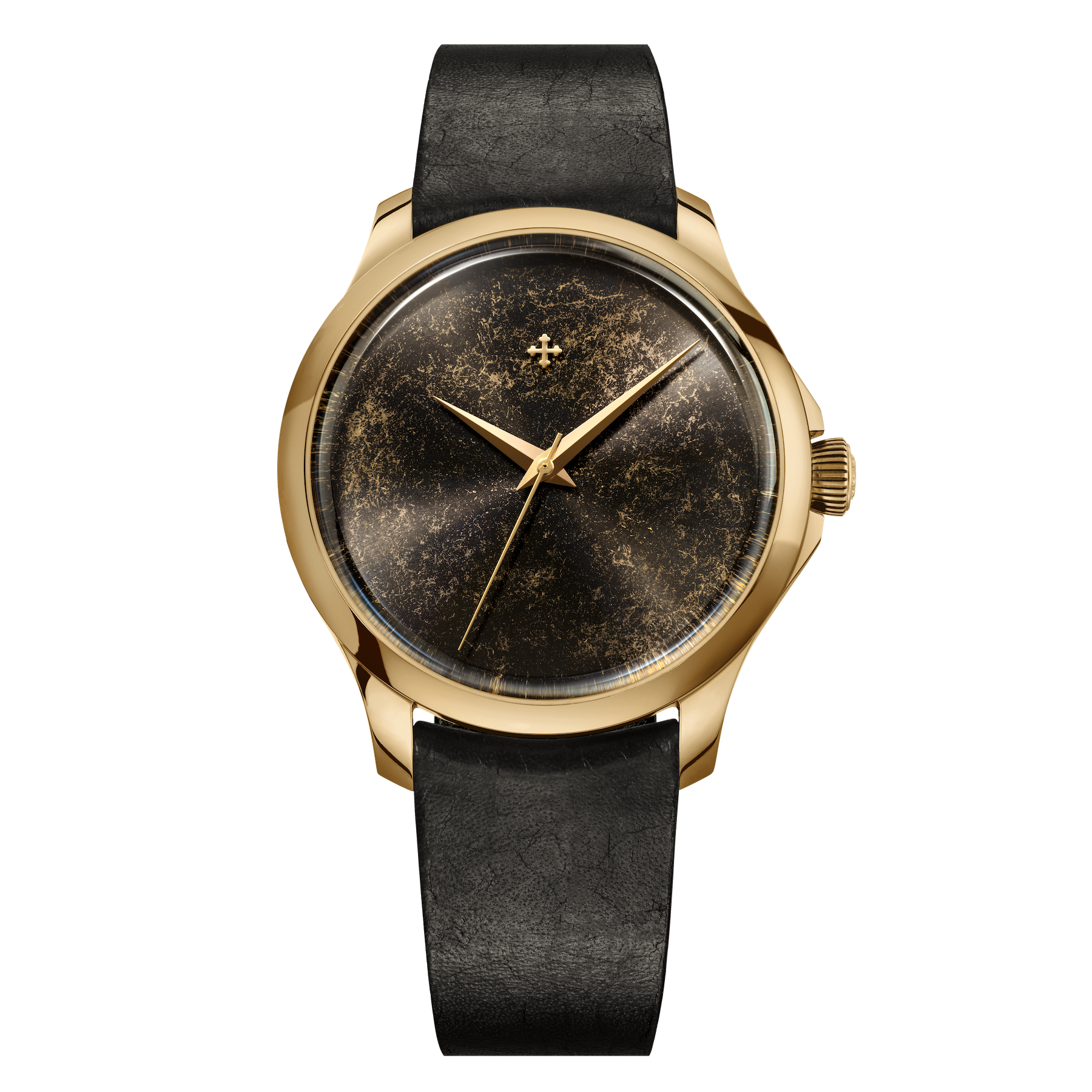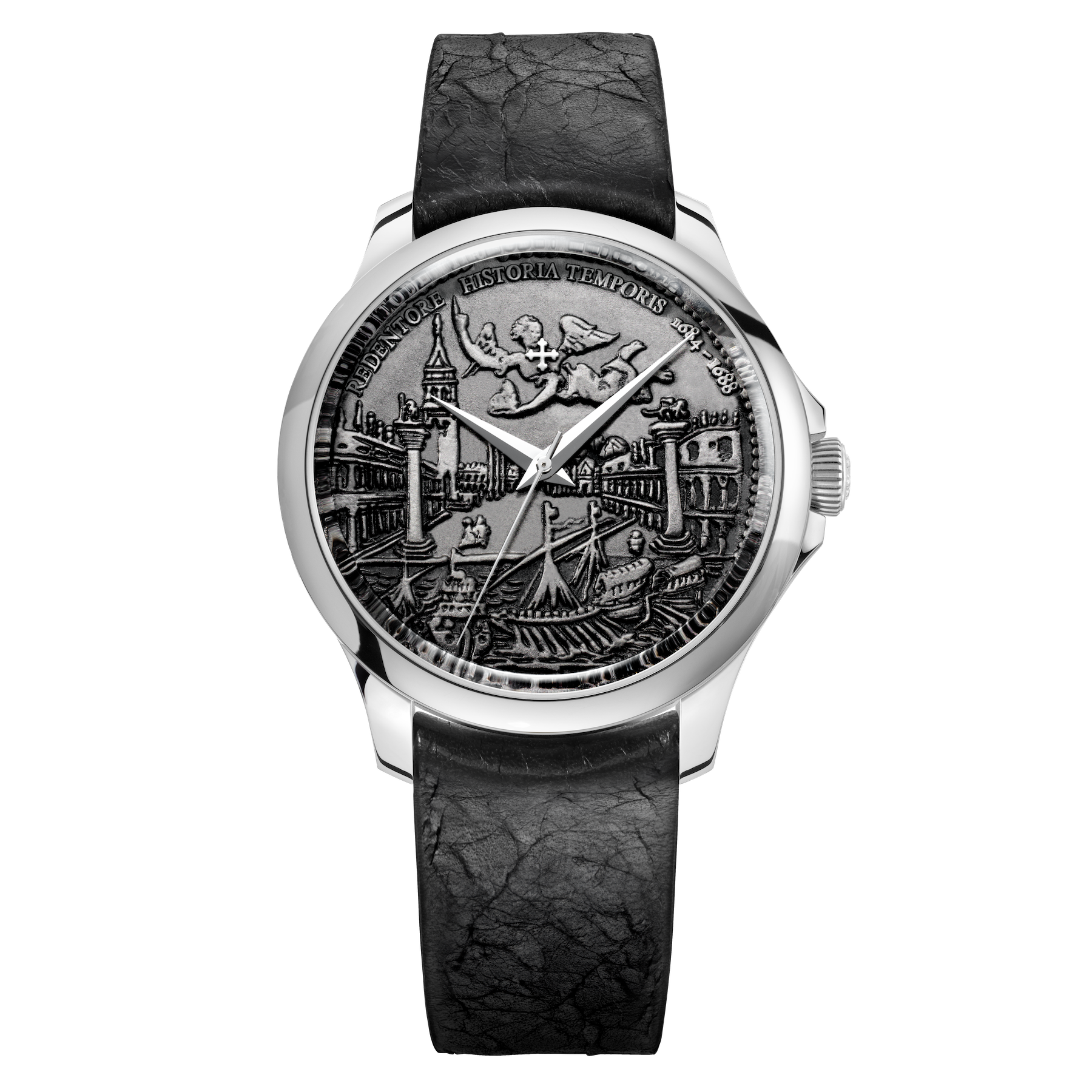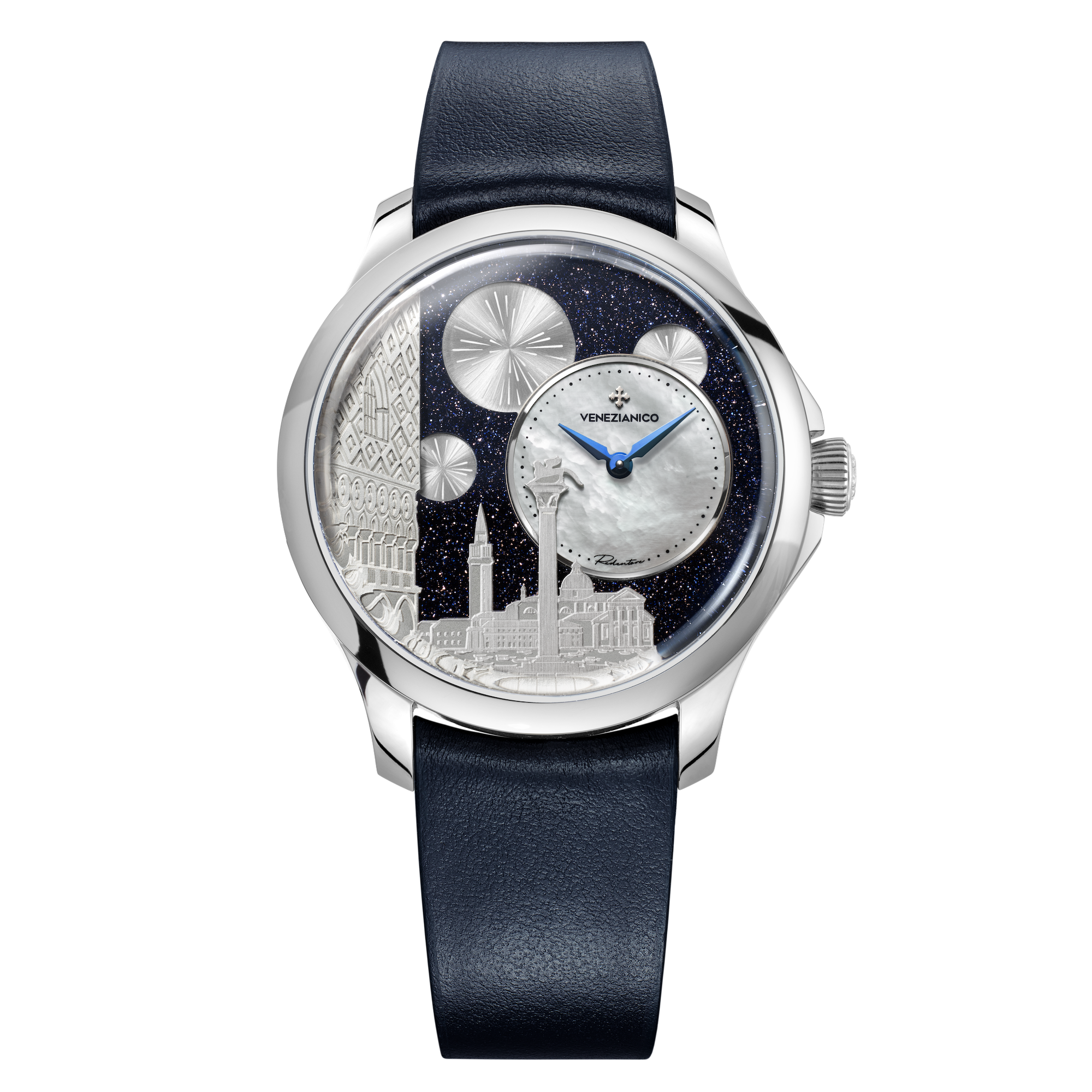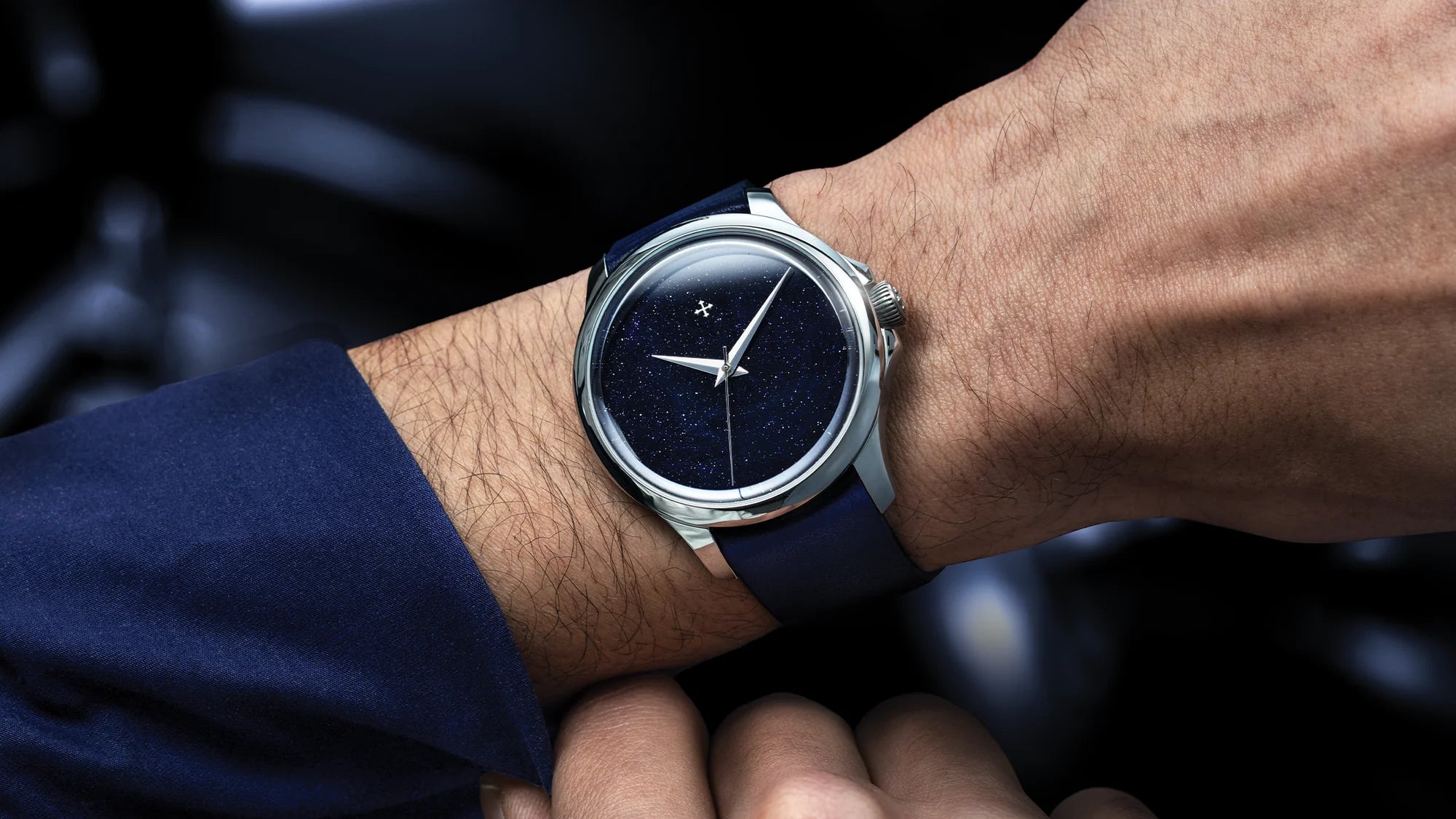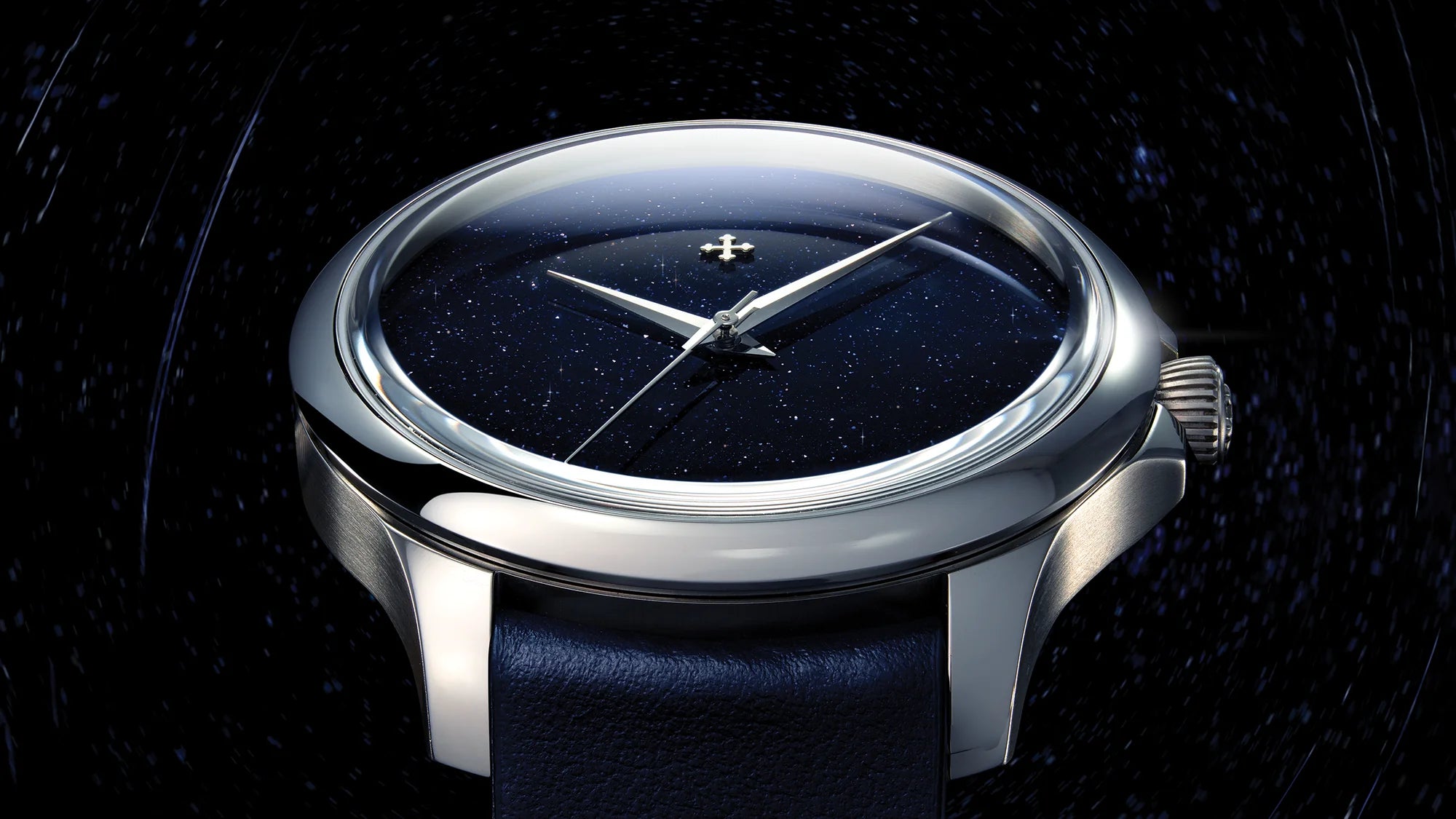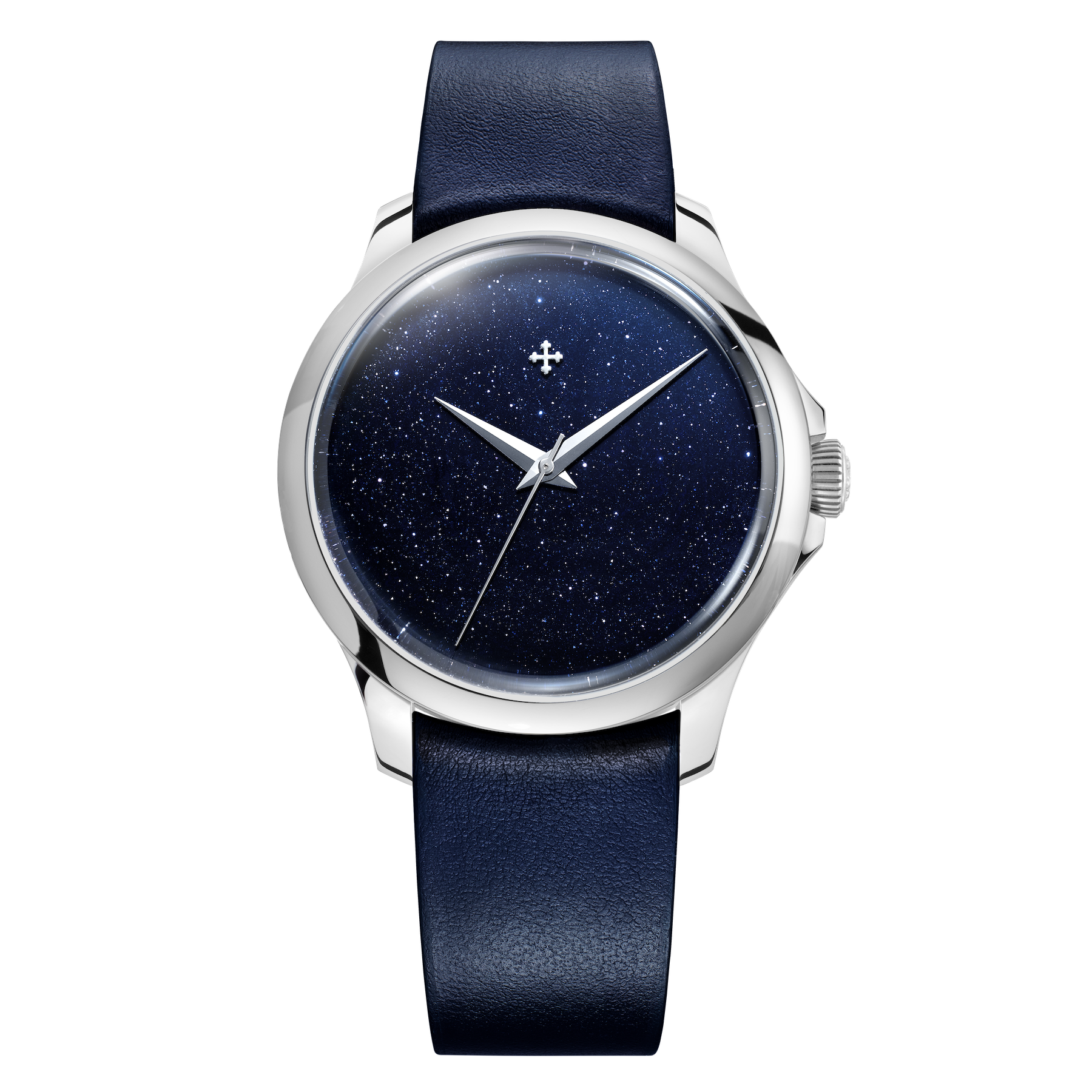
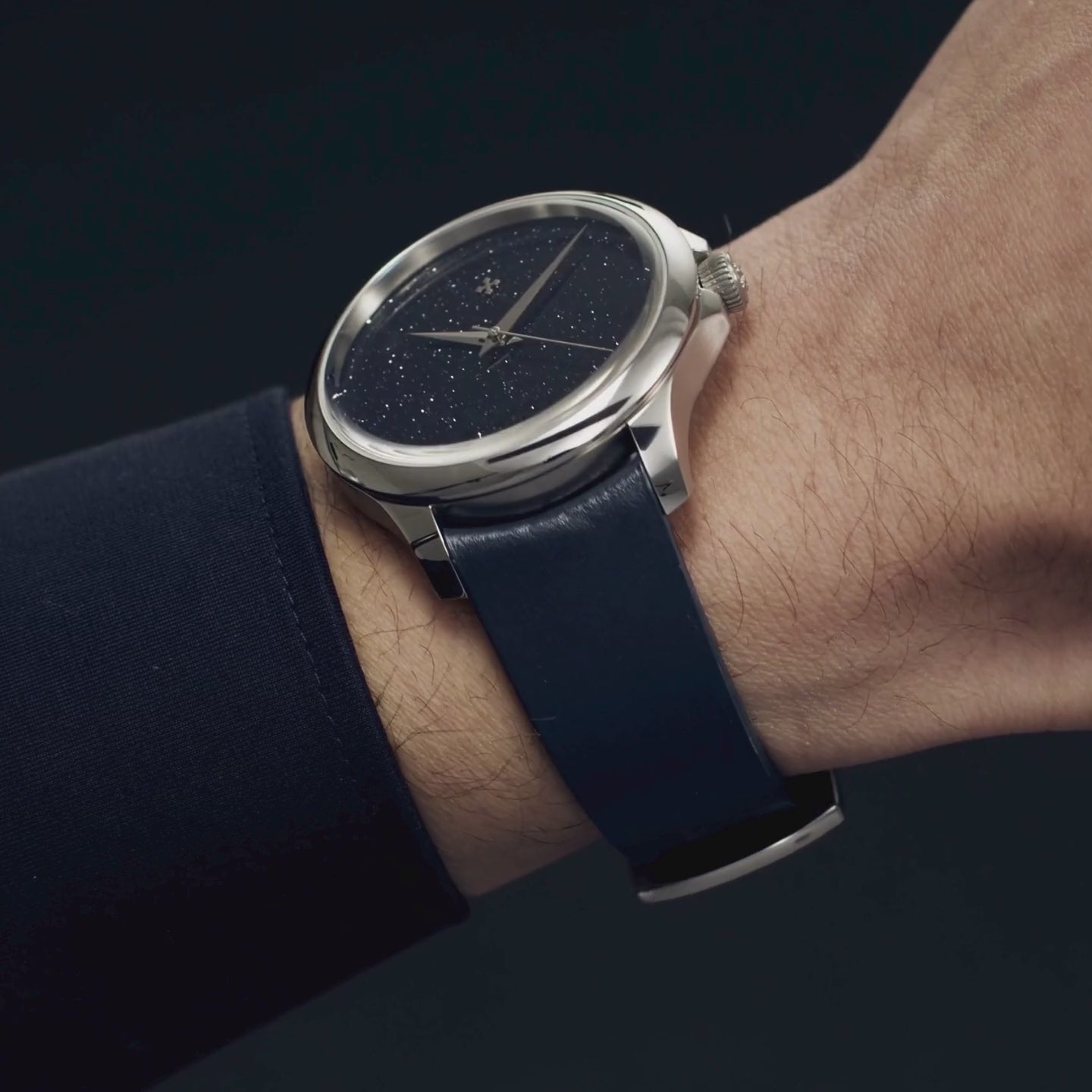
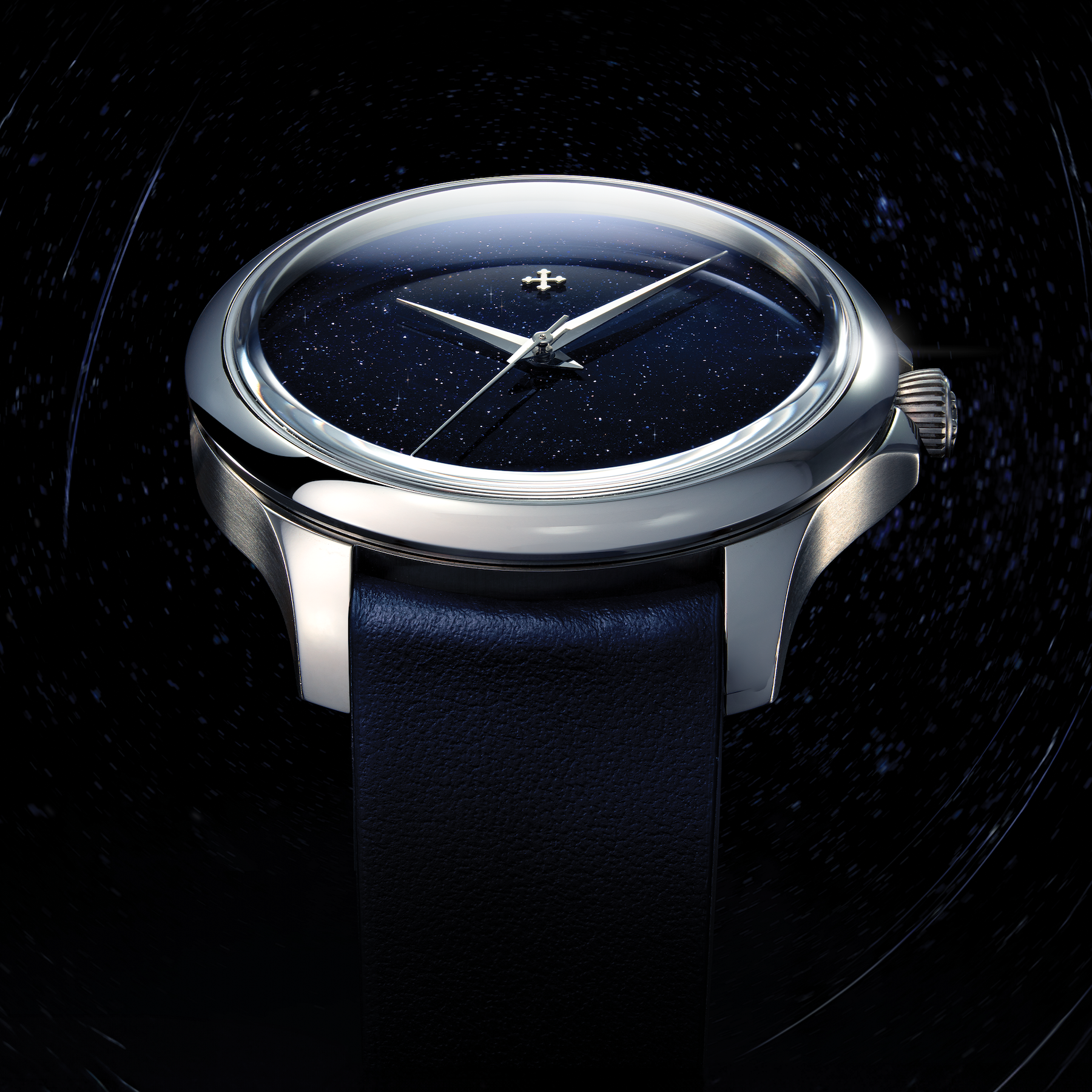

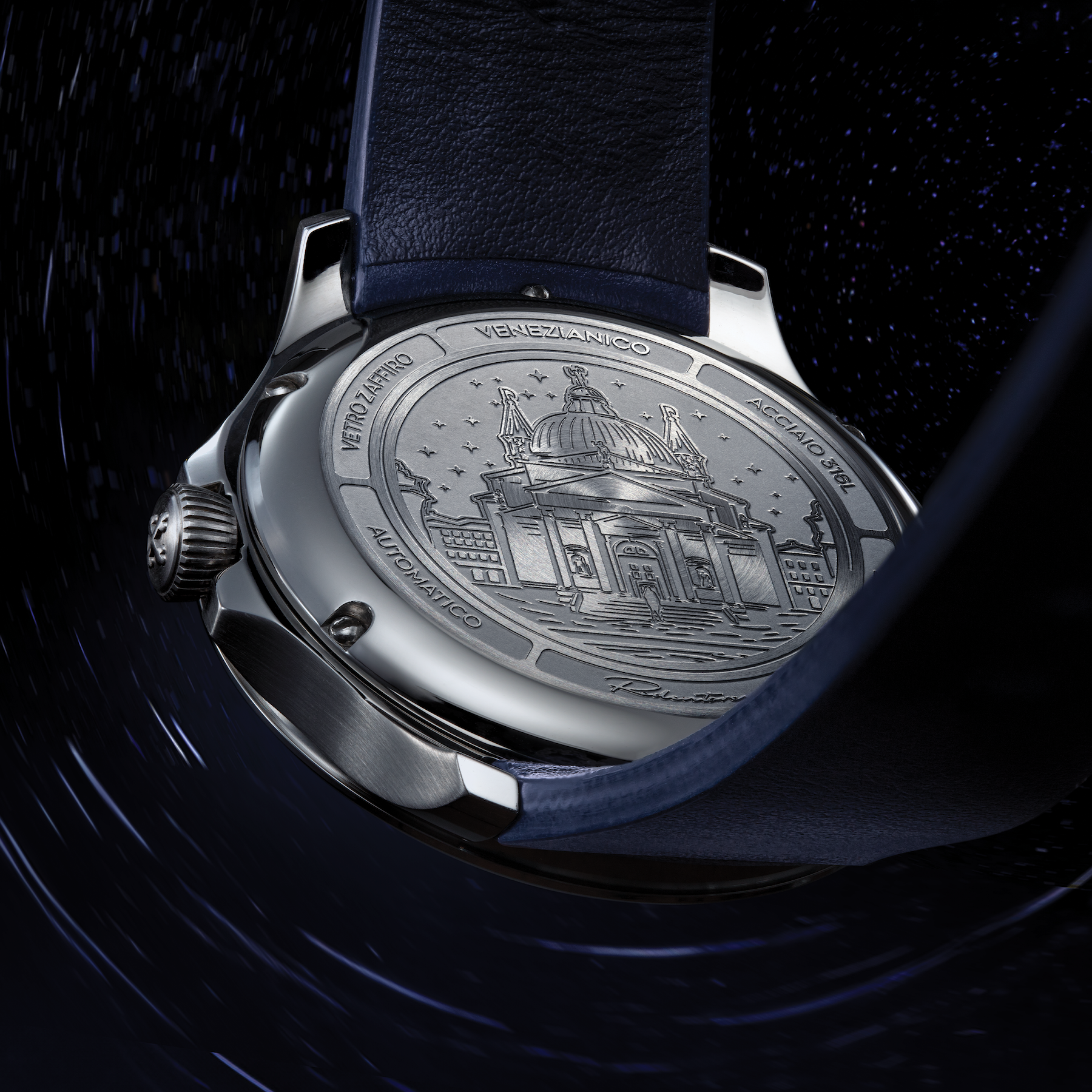
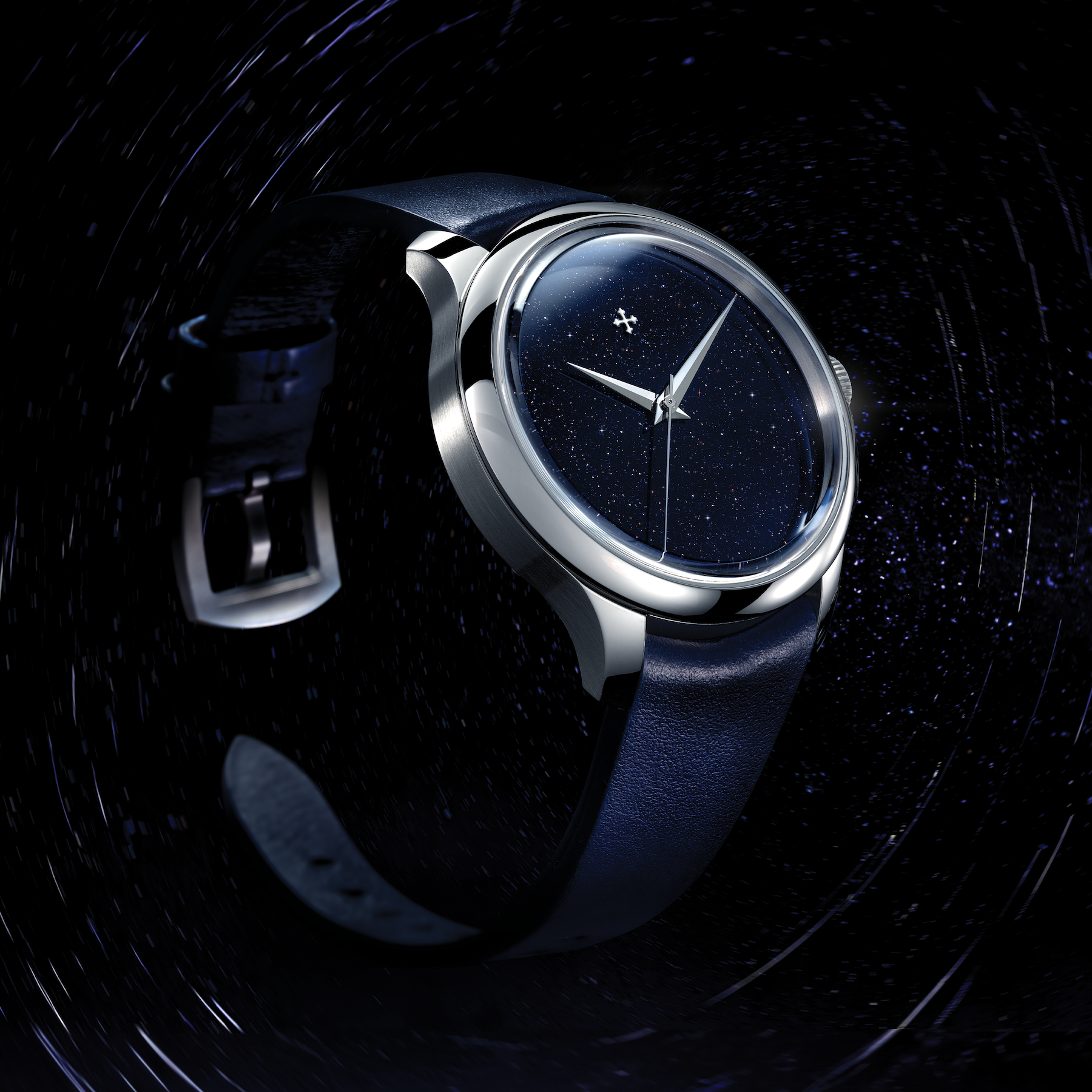
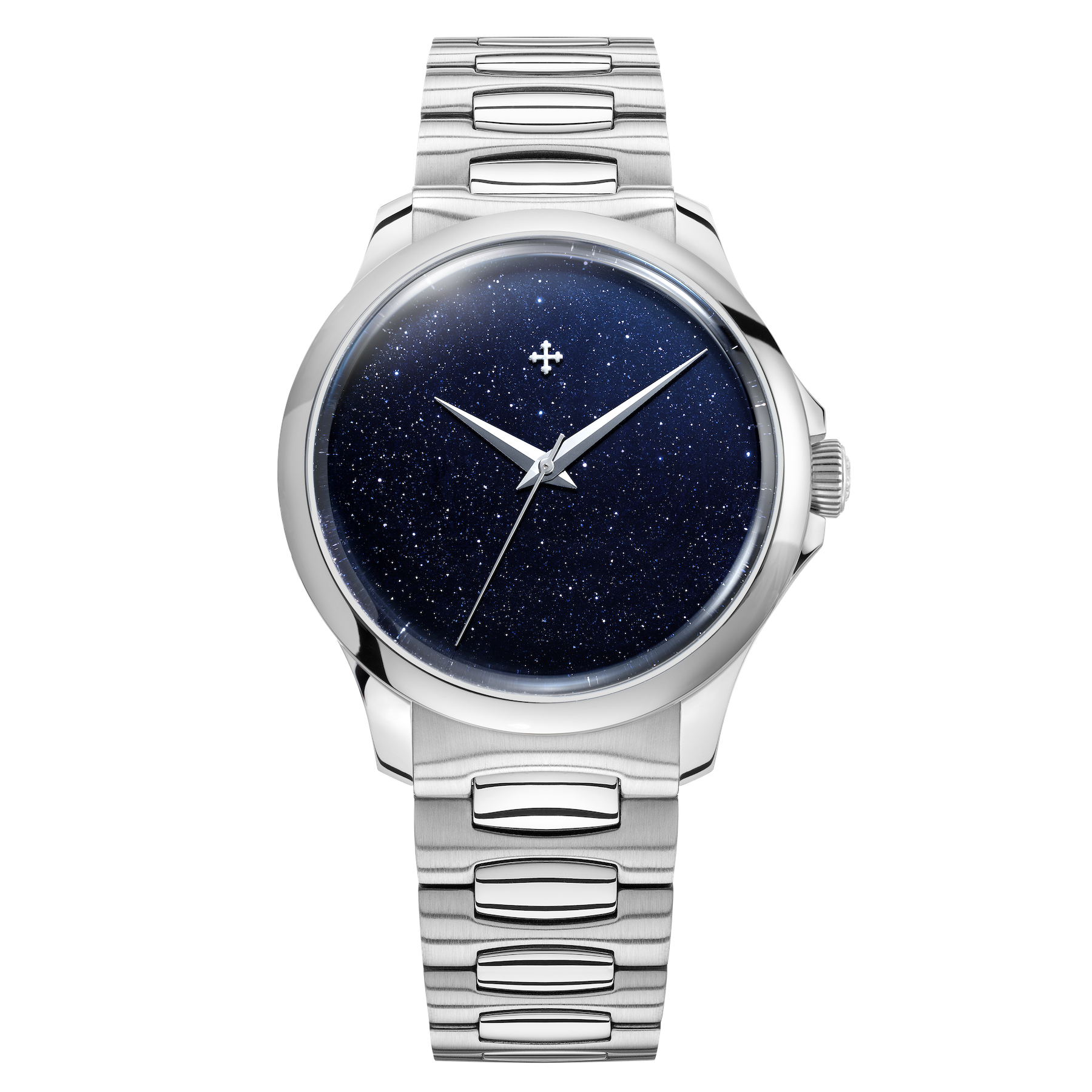
Redentore Avventurina 40 - 1221550
Shipments will begin on November 28th
 Pay in installments at checkout.
Pay in installments at checkout.
All recent U.S. import tariffs are already included in our prices. With Delivery Duty Paid (DDP) shipping, tariffs, duties and fees are fully covered. The price you see at checkout is exactly what you pay, with no surprises. Enjoy a smooth and worry-free shopping experience.
Avventurina is a precious glass material, discovered in Venice in the 17th century by the Murano artisans. It's renowned for its shimmer resembling a starry sky, achieved by incorporating small fragments of copper during the production process.
CASE: 316L Stainless Steel
DIAL: Aventurine glass
DIMENSIONS: Ø40mm, lug to lug 46.7mm, thickness 11mm
MOVEMENT: Seiko NH35A Automatic
CRYSTAL: Sapphire crystal with anti-reflective coating
BEZEL: 316L Stainless Steel
WATER RESISTANCE: 5ATM (=50m)
STRAP: Real leather, Made in Italy
All orders include free shipping. Here are the average delivery times:
- EU Countries: 1-2 business days
- United Kingdom: 2-3 business days
- USA: 2-3 business days
- Other Countries: 2-5 business days
If the watch does not meet expectations, it can be returned within 14 days for a full refund of the purchase amount. For more info, check out our Terms and Conditions.


Aventurine is a precious glass of blue color, enriched with copper inclusions that give it a distinctive sparkling effect. Its origins date back to the early 17th century, attributed to Venetian glassmakers. Currently, this material is mainly used in the creation of art objects and is appreciated for its ability to reflect light in a unique way.
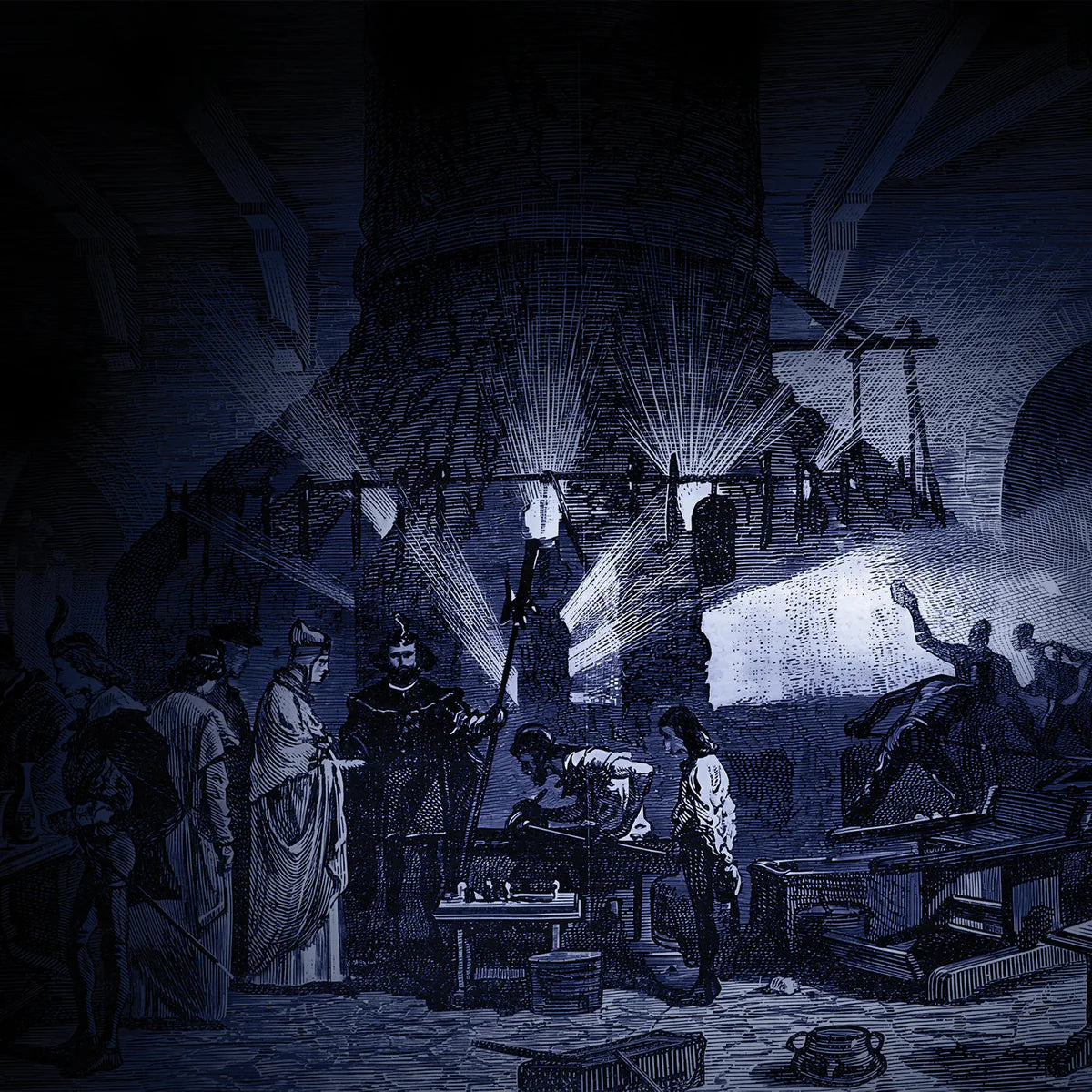
In the 17th century, the name "aventurine" originated from "avventura," meaning an uncertain and risky operation. Venetian glassmakers first produced aventurine by accident, spilling copper fragments into blue glass paste. By 1644, the technique was codified, and Venetian aventurine artifacts became highly prized. The lithograph depicts the Doge visiting workshops on Murano, the center of glass production.
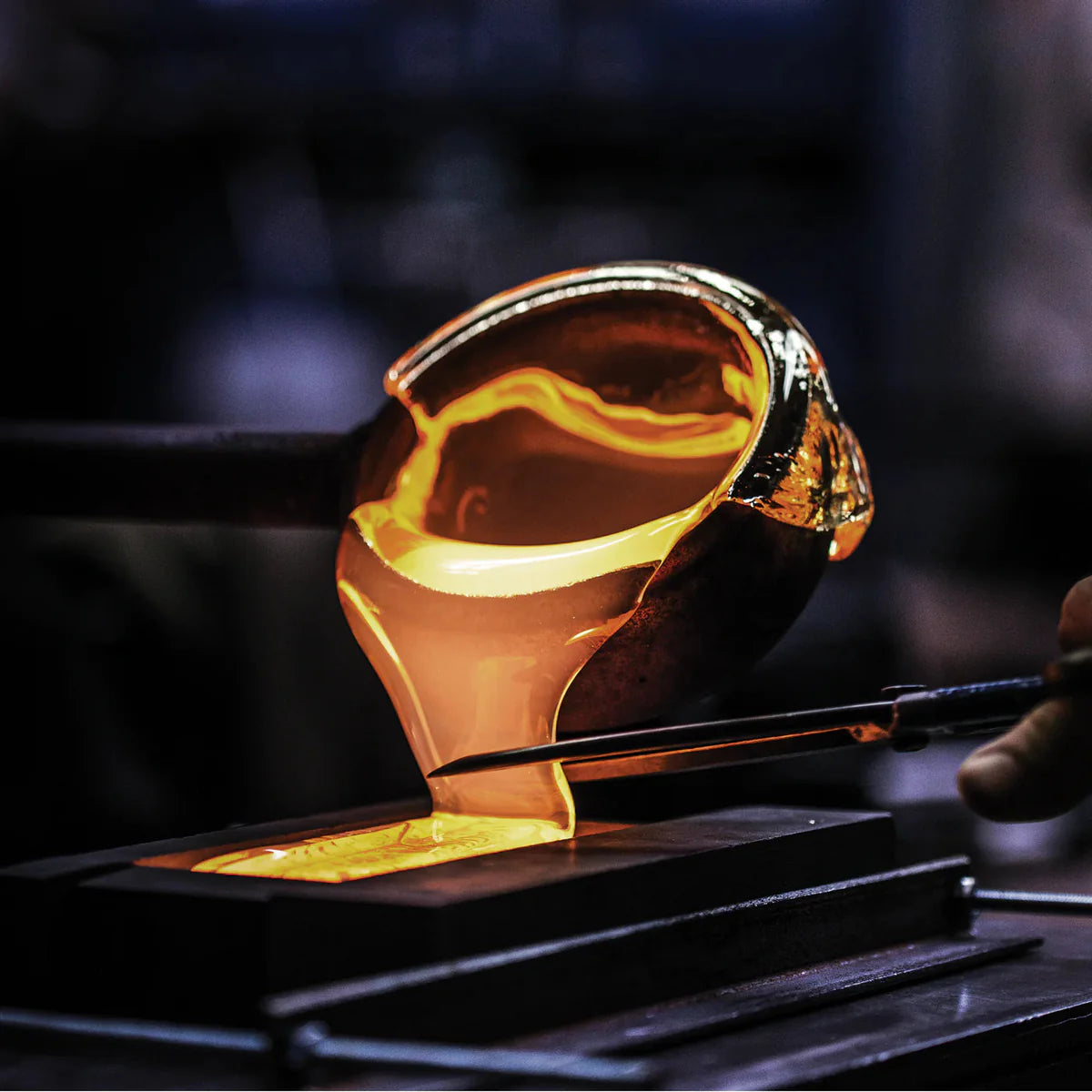
Aventurine is a challenging material to tame, precisely because of the copper fragments inserted into the molten glass, which arrange themselves uniformly during the slow cooling process. To create components with a high degree of precision, aventurine is cold-cut, as if it were a hard stone. Today, the production of this material is still very limited precisely because of its complexity and the significant know-how required.
Aventurine is a precious glass of blue color, enriched with copper inclusions that give it a distinctive sparkling effect. Its origins date back to the early 17th century, attributed to Venetian glassmakers. Currently, this material is mainly used in the creation of art objects and is appreciated for its ability to reflect light in a unique way.
In the 17th century, the name "aventurine" originated from "avventura," meaning an uncertain and risky operation. Venetian glassmakers first produced aventurine by accident, spilling copper fragments into blue glass paste. By 1644, the technique was codified, and Venetian aventurine artifacts became highly prized. The lithograph depicts the Doge visiting workshops on Murano, the center of glass production.
Aventurine is a challenging material to tame, precisely because of the copper fragments inserted into the molten glass, which arrange themselves uniformly during the slow cooling process. To create components with a high degree of precision, aventurine is cold-cut, as if it were a hard stone. Today, the production of this material is still very limited precisely because of its complexity and the significant know-how required.



Technical details
Our classic watch, the epitome of timeless elegance, takes its name from the Basilica del Redentore, an architectural masterpiece by Andrea Palladio and a symbol of Venetian heritage. This timepiece embodies refined craftsmanship and versatility, seamlessly complementing both formal and everyday moments.
Ø40 mm, lug-to-lug 46.7 mm, total thickness 11 mm
Seiko NH35, automatic, 3-hands
316L Stainless Steel
Aventurine Glass, Precision-Cut 0.4mm Layer on brass base
Sapphire with anti-reflective coating
5 Atmospheres (50m/164ft)
Push-Pull

The six-screw case back expresses a geometric elegance that frames the central engraving of the Basilica of the Redentore, a symbol of neoclassicism and a deep source of inspiration for the design of this model. Surrounding it, the outer ring conveys the technical essence of the watch, certifying the product’s authenticity.


